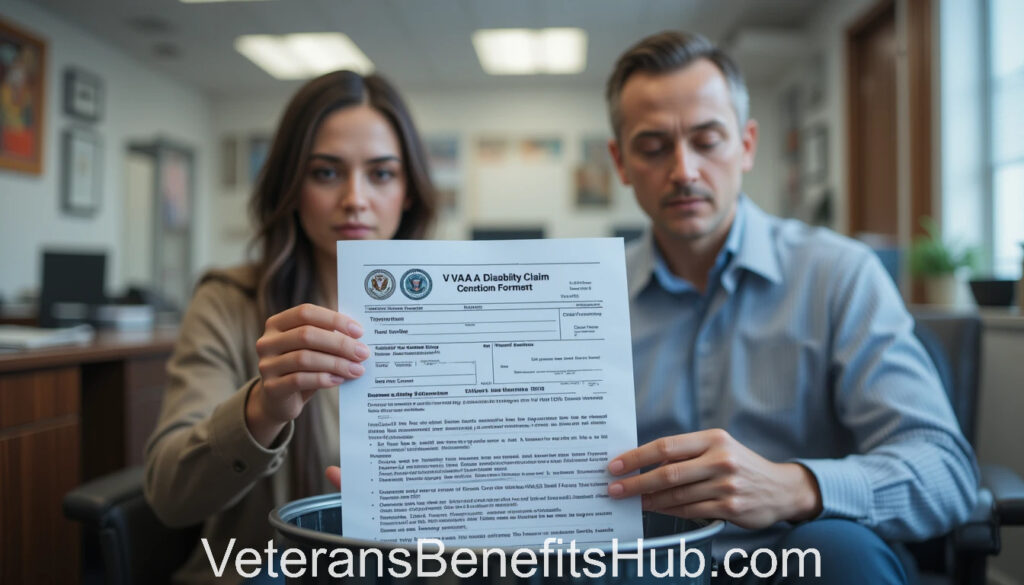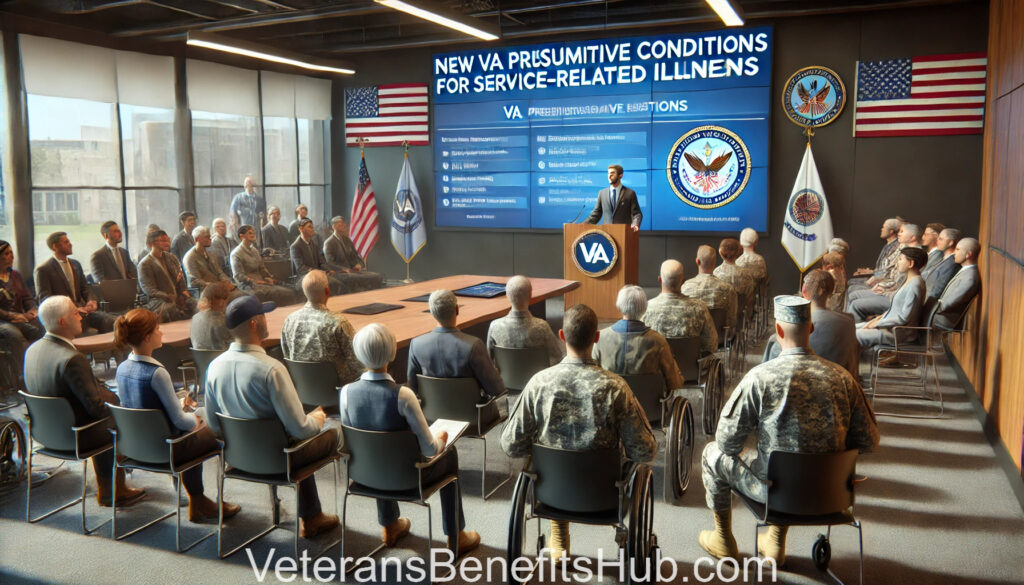Let’s Not Do This and Lose Your VA Benefits

15 Ways You Could Lose Your VA Benefits: Don’t Make These Mistakes
As a veteran, your VA benefits are a vital part of your well-being and financial stability. However, there are several ways you could inadvertently lose or reduce these benefits. In this article, we will cover 15 ways you could lose your VA benefits, including a bonus tip that isn’t often discussed. Stay informed to protect the benefits you’ve earned.
1. Waiting Too Long to File
Delaying your claim can cause significant issues, as evidence becomes harder to gather over time. Filing as soon as possible after your service or injury is crucial to establishing a strong connection between your condition and your military service.
2. Incomplete Diagnosis or Treatment History
Providing an incomplete medical history or failing to document your conditions thoroughly can lead to denials or reductions in benefits. Always ensure your medical records are comprehensive and up to date.
3. Not Showing a Clear Service Connection (Nexus)
A service connection, or “nexus,” is critical for many VA claims. This link between your military service and your medical condition is often required unless the condition is presumptive. Without it, your claim will likely be denied.
4. Neglecting to File for Priority Review
Failing to request a priority review when applicable can delay your claim unnecessarily. This is especially important for veterans with severe disabilities or terminal illnesses.
Bonus Tip: Not Claiming Unemployability
If your disability prevents you from maintaining gainful employment, you may be eligible for Total Disability Individual Unemployability (TDIU). Failing to claim unemployability can leave you without the full compensation you deserve.
5. Dishonorable Discharge or Other Than Honorable Discharge
If you were discharged under dishonorable conditions or other than honorable circumstances, you forfeit all VA benefits, including health care and education. While some “bad paper” discharges can be appealed or upgraded through the VA or Military Discharge Review Boards, it’s a difficult and lengthy process.
6. Fraud or Misrepresentation
Making false statements or knowingly submitting fraudulent claims can result in a total forfeiture of your VA benefits. The VA has strict procedures in place, including notifying you of any accusations and giving you the chance to respond. Criminal charges and repayment of benefits may also follow. Always be transparent and honest with your claims.
7. Incarceration
If you are convicted of a felony and incarcerated for more than 60 days, your disability compensation may be reduced or suspended. Pension benefits are entirely suspended during incarceration, although health care benefits may still be available. Even if charges are dismissed or reversed, it can take considerable effort to restore your benefits.
8. Failure to Report Income Changes
Certain benefits, like VA pension and Aid and Attendance, are income-sensitive. If your income increases and you fail to report it, your benefits may be adjusted or terminated. Always keep the VA updated on any changes to your financial situation.
9. Not Attending Medical Reexaminations
The VA may require periodic reexaminations for certain service-connected disabilities. Failing to attend these exams could result in a reduction or termination of your benefits. If you disagree with a decision about your condition improving, seek a second medical opinion to challenge it.
10. Noncompliance with Vocational Rehabilitation and Employment Program (VR&E)
The VR&E program helps disabled veterans gain job skills and education. However, failing to participate actively or follow program guidelines can result in suspension or termination of benefits. Stay engaged and follow the rules to maintain eligibility.
11. Extended Time Abroad
Being out of the United States for extended periods can impact VA pension benefits. Always check with the VA before planning lengthy stays abroad to ensure your benefits won’t be affected.
12. Death of the Veteran
VA benefits generally do not transfer to surviving spouses or dependents. While there are survivor benefits like Dependency and Indemnity Compensation (DIC) and survivor pensions, eligibility criteria must be met, and the VA must be notified of the veteran’s death.
13. Changes in Dependency Status
Life changes such as divorce, remarriage, or children aging out of eligibility must be reported to the VA. Failure to do so can result in overpayment and a demand for repayment.
14. Receiving Conflicting Benefits
Receiving benefits from other sources, like military retirement or workers’ compensation, may affect your VA benefits. The VA enforces rules to prevent “double-dipping.” Always disclose any other benefits you are receiving to avoid potential penalties.
15. Neglecting to Stay Informed
VA policies and regulations change frequently. Failing to stay updated can result in missed opportunities for additional benefits or unexpected reductions. Regularly reviewing your eligibility and consulting with a VA representative can help you stay on top of your benefits.
Final Thoughts
While most veterans retain their benefits for life, staying informed about VA regulations and keeping your records up to date is essential. If you encounter issues or receive notifications of potential benefit loss, seek legal assistance or consult a VA representative promptly.
Disclaimer
This article is for informational purposes only and should not be considered legal advice. Always consult with a qualified attorney or VA representative to address your specific situation and ensure that your benefits are protected.








